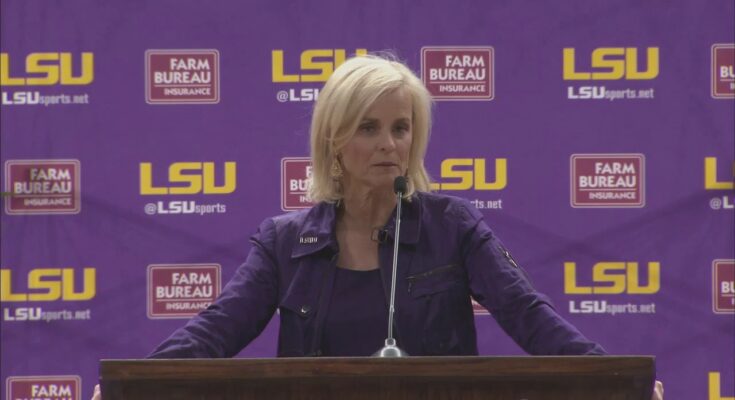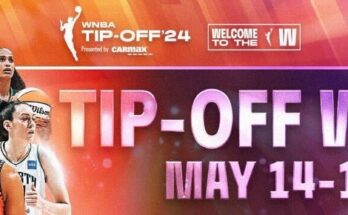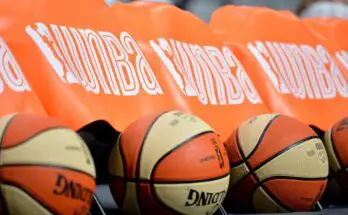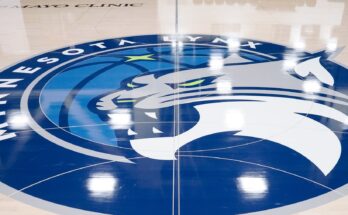There are certain arenas of life where the right to know is the law. According to Wikipedia, UNESCO defines it as the right for people to “participate in an informed way in decisions that affect them, while also holding governments and others accountable.” However, nowhere does it say that the public has the right to know what goes on in a locker room, off the court, or behind closed doors when it comes to sports. That is the media’s thirst for a scoop, the dirt, and the gossip surrounding what on the surface appears to be a juicy tidbit.
The recent brouhaha about Angel Reese being benched certainly drew its fair share of speculation. I applaud Kim Mulkey for setting everyone straight about what she would or would not say. Whether she was protecting her players or simply telling the media to mind their own business, Mulkey drew a much-needed line in the sand.
Often, the media treats young athletes as lab specimens under a constantly invasive microscope. Collegiate athletes are still, in many ways, just kids, regardless of how much NIL money they might make or how many endorsements they get. Professional athletes are treated much the same way, although many have developed a significant amount of chutzpah to deal with it a little better. Regardless, the public’s vampiric need to know is plenty of grist for the media mill, and the end product is as enriching as cotton candy.
Which brings me to that amusing entity, the sideline interview. You know what I mean, the between-quarter moment when someone pulls a player or coach in the throes of a game and asks some supposedly thought-provoking question, like “How did you make that shot?” Here’s what I think is the right answer: “Were you watching the game? That’s how I did it.” The halftime interviews are even worse. Coaches are generally quite gracious, but you can easily see that the interview is probably the last thing they want to do. They have teams to congratulate or chew out, and those few moments of unnecessary interruption take precious time away from a coach dealing with the team.
There is no entertainment value, and interviews simply get in the way. If they were done away with, I imagine very few people would miss them. If I’m watching a game on TV, I generally turn it off at halftime or mute it between quarters. Halftime shows, well, those are probably a necessary evil. Depending upon who the commentators are, it can be either a good analysis or the opportunity to strut your stuff. While it is rarely the latter, it does happen, and if I am watching, I can only smile and think, OK, here’s your moment, milk it for all it’s worth.
The media will press on, though. At least with the written word, we as an audience can read at our leisure, knowing full well that we haven’t interrupted an athlete who is trying to do their job the best they can. Save the questions for the post-game media blitz, and let these kids play.
‘And that, my friends, as they say, is that.’ — Martin Ruben.
Follow Beyond Women’s Sports for more from the world of sports.





